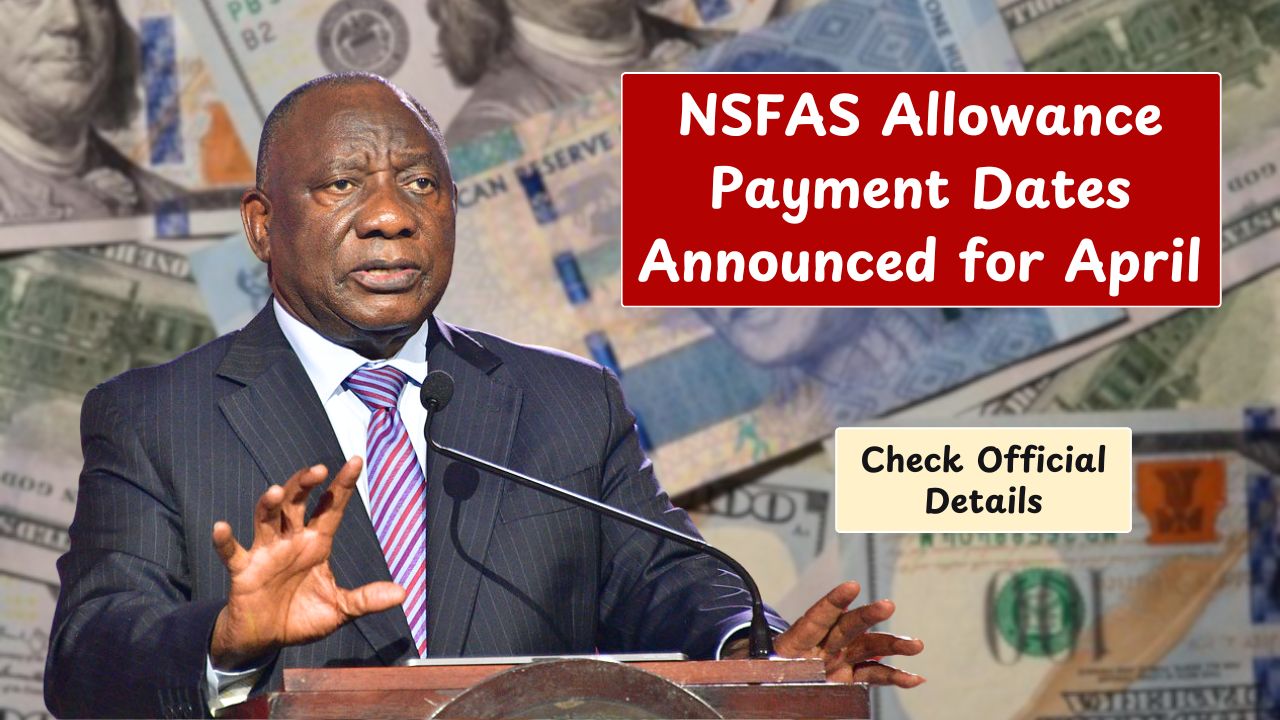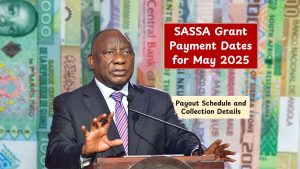The National Student Financial Aid Scheme (NSFAS) is a game-changer for many South African students. It helps cover the high costs of university or college by offering tuition, accommodation, transport, and more. With April 2025 kicking off a fresh academic year, students are keen to know when those crucial NSFAS allowances will hit their accounts. Good news: the official payment date has been confirmed as 28 April 2025. Let’s cut into everything you need to know — from eligibility to payment methods and how to make the most of your funds.
Allowance
So, when do you get paid? Mark your calendar: 28 April 2025 is the expected NSFAS payment date. While this date is consistent for most institutions, there could be slight delays depending on your university or TVET college’s internal processes. Always double-check with your school’s financial aid office just to be safe.
Here’s a quick glance at the key details:
| Topic | Details |
|---|---|
| NSFAS Payment Date | 28 April 2025 |
| Eligible Institutions | Public universities & TVET colleges |
| Income Threshold | R350,000/year (R600,000 for disabled students) |
| Payment Methods | Direct bank deposit, university, or Fundi |
| Application Website | www.nsfas.org.za |
Coverage
NSFAS doesn’t just cover tuition. It helps with all the costs that come with being a student. Here’s what your allowance can be used for:
- Tuition Fees: The main chunk goes straight to your school.
- Living Costs: Includes rent, meals, and daily essentials.
- Study Materials: Books, printing, and digital tools.
- Transport: Covers the cost of getting to and from class.
These allowances can be a lifeline, especially if you’re far from home or studying full-time.
Criteria
Let’s talk eligibility. NSFAS has a few rules you’ll need to meet:
- Financial: Your household income should be less than R350,000 per year (R600,000 if you have a disability).
- Academic: You must be enrolled in a public university or TVET college and pass your modules—60% pass rate for university students and 70% for TVET.
- Age Limit: Generally under 30, unless you’re living with a disability.
- Duration Rule: Known as the N+1 rule—you’re funded for the regular duration of your course, plus one extra year.
Applying
Thinking of applying? The process is pretty straightforward. Here’s how:
- Sign Up Online: Head to the NSFAS site and create your profile.
- Gather Your Docs: You’ll need ID copies, income proof, and academic records.
- Apply Early: Applications open in August and close in November—don’t miss it!
- Wait for Feedback: NSFAS will notify you once your application is processed.
Methods
Payments vary based on where you’re studying. Here’s how funds are usually disbursed:
- Direct Deposit: Mostly used for TVET college students. Keep your bank info updated.
- University Accounts: Some universities handle the distribution via their financial aid offices.
- Fundi: A payment platform used by certain institutions to manage allowances.
Stories
Let’s put a face to this. Thabo, a rural student studying engineering at UCT, says NSFAS helped him focus on his goals without worrying about rent or textbooks. Naledi, a TVET student, shared how her allowance helped her get the right tools for her practicals. Their stories highlight how NSFAS can truly change lives.
Mistakes
Avoid these common pitfalls:
- Missing the deadline—no late apps are accepted.
- Uploading incomplete documents.
- Forgetting to update your banking details.
- Assuming your institution uses the same payment method as others.
Appeals
If your application gets rejected, don’t panic. You can appeal. Just make sure to:
- Know the reason for rejection.
- Log into your NSFAS account and submit an appeal.
- Upload any extra documents to back up your case.
Managing
Once you receive your funds, use them wisely. Here’s how to stay on top of your money:
- Create a Budget: Know what you’re spending.
- Save for Emergencies: Things like health issues or broken laptops happen.
- Track It: Keep tabs on your bank balance so you don’t run out too soon.
Whether you’re starting university or continuing your studies, NSFAS can give you that much-needed support. But it’s up to you to know the rules, manage your money smartly, and make it count.
FAQs
When will NSFAS pay in April 2025?
The official payment date is 28 April 2025.
Who qualifies for NSFAS in 2025?
Students with household income below R350,000 (R600,000 for disabled).
How do I get my NSFAS allowance?
Via direct deposit, university account, or Fundi platform.
Can I appeal a rejected NSFAS application?
Yes, via the NSFAS portal with supporting documents.
What expenses does NSFAS cover?
Tuition, accommodation, food, books, and transport.











